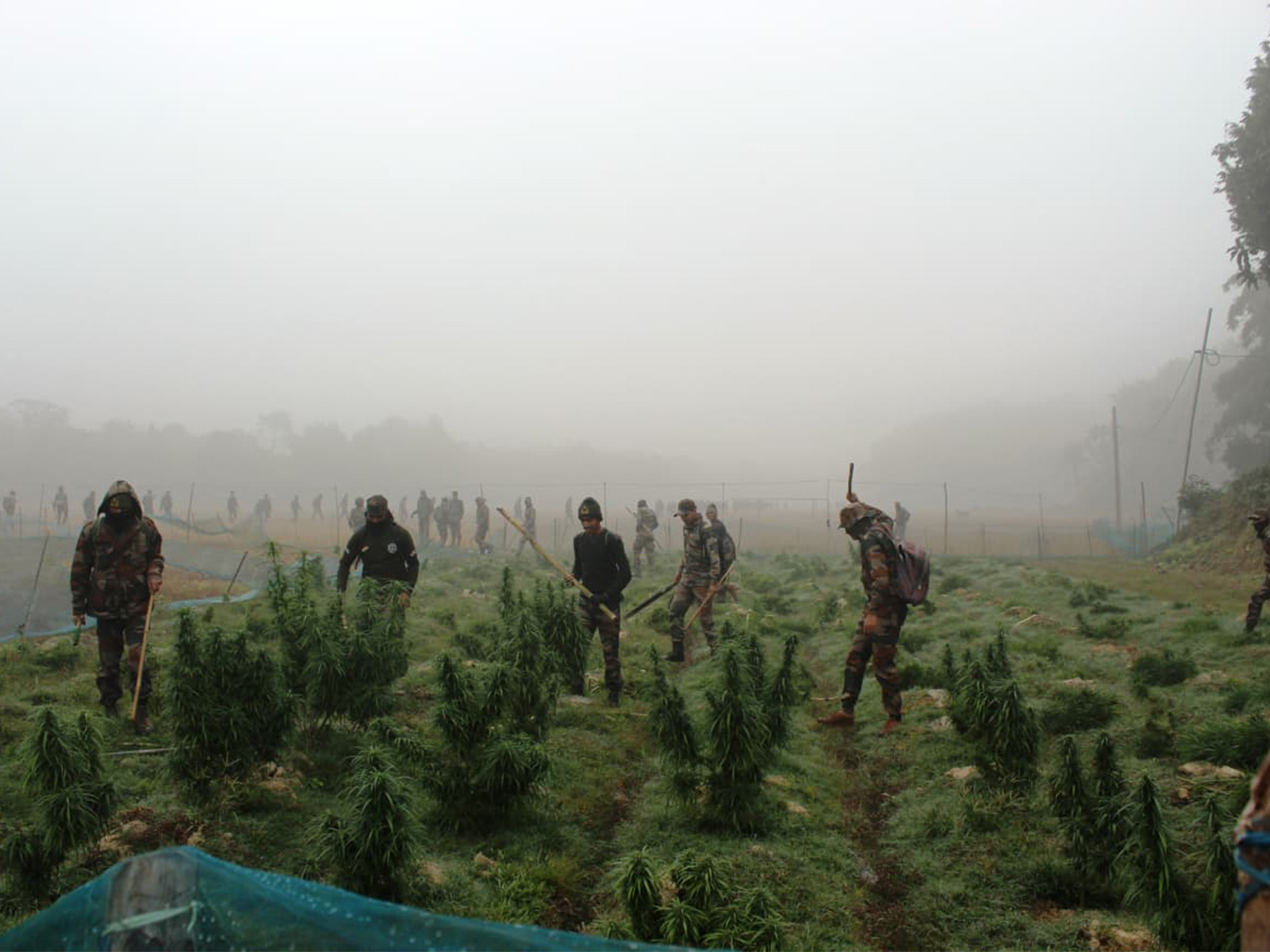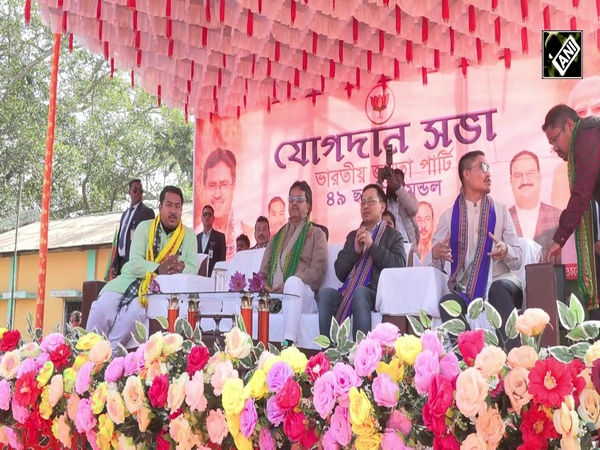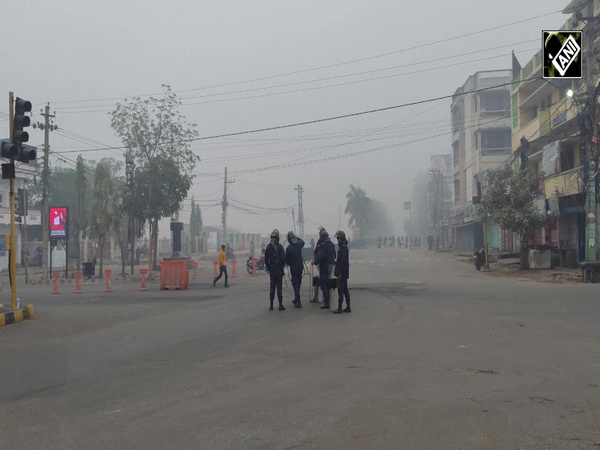Pakistan likely to face acute water shortage within three years
May 02, 2022

Islamabad [Pakistan], May 2 : Of all the crises confronting Pakistan today, water scarcity is the least talked about but most challenging for a country where over 30 million citizens have no access to clean drinking water. In three years, Pakistan will be staring at acute water scarcity, a situation which would leave millions of people and their land gasping for a trickle.
Back in the 1950s, it was a water-abundant country with about 6,000 cubic metres per capita. Today, it is 1,017 cubic metres per capita only. With a very limited storage capacity for annual rainfall, not more than 10 per cent, Pakistan is slated to become the most water-stressed country in South Asia in the next two decades. The International Monetary Fund (IMF) has warned that Pakistan was already the third most water-stressed country in the world.
Besides the crippling inadequacy in developing robust water infrastructure, the most compelling reason for Pakistan becoming a `dry` country in the near future rests with the civilian and military leadership of the country which invested more in traditional security needs and not on urgent public issues like water. Even water, like other natural resources, was labelled as a security issue and not as an existential issue for the country. This collective leadership failure has put Pakistan in dire straits in terms of water security in the near future.
This monumental water crisis has not happened all of a sudden. It has been gradually building up with water resources getting depleted and its management caught up in corruption and poor policy options and, most important of all, intra-provincial conflict. According to the Pakistan Council of Research in Water Resources, a premium think tank on water issues, the crisis has been building since the 50s--it first reached the "water stress line" in 1990 and the 'water scarcity line' in 2005.
Experts cite several reasons for this crisis--the country is located in a semi-arid area where annual rainfall is less than 240 mm. Coupled with changing rain patterns and resulting droughts due to climate change have made matters worse. The effect of climate change is clearly visible on the water quality and supply. Freshwater supplies are becoming salty. Much of the water in Asia comes from glaciers, 303.6 million cubic feet a year but fast eroding glaciers have created a debilitating combination of floods and a decline in water availability in Pakistan rivers. It is feared that by 2025, the total shortfall would equal almost two-thirds of the entire Indus River system's annual average flow.
An important part of the water supply has been groundwater which is under threat because of fast depleting aquifers like elsewhere in Asia. More than 60 per cent of irrigation, 70 per cent of drinking water and 100 per cent of the industry depend on groundwater. The aquifer in the Indus Basin, considered the lifeline of Pakistan's economy, is the second most stressed in the world. In most areas, groundwater tables have fallen by up to 100 feet within the last decade or so.
According to a 2022 report from the Pakistan Institute of Development Economics, over 80 per cent of water resources were utilised by four major crops --rice, wheat, sugarcane and cotton--which contribute only 5 per cent to GDP. Though the agriculture sector accounts for one-fifth of GDP and almost half of the country's employment, it contributes less than 0.1 per cent to total tax revenues, leaving little funds for maintaining the old irrigation system.
The rundown water infrastructure contributes to extensive water wastage. The poor upkeep and development of the irrigation system make it one of the most inefficient in the world with an overall efficiency of 39 per cent. This means, that out of 143 Billion Cubic Meters (BCM) of water available at the canal headwork, only 55 BCM is being used for the farm sector.
The rest (61 per cent or 87 BCM) of water is lost during conveyance through canals, distributaries, minors and watercourses and during application in the field.
Old and unscientific crop choices are causing immense depletion of the available water supply. For example, sugarcane is twice as water-intensive as rice and four times as intensive as wheat. Pakistan's obsession with being a top-five sugar producer is driving the water crisis.
Another critical factor affecting an equitable distribution of water is the interprovincial and intra-provincial water distribution issues. The Water Apportionment Accord signed into effect on March 21, 1991, is the most significant water legislation
in Pakistan after the Indus Waters Treaty. Based largely on the historical use of waters of the Indus Basin rivers by the provinces, Punjab was allocated 47 per cent, Sindh 42 per cent Khyber Pakhtunkhwa, 8 per cent, and Baluchistan 3 per cent of the water.
But legislation alone is not enough to settle historical tensions between Punjab and Sindh. Last year, the province received 35 per cent (5.38 million acre-feet (MAF) less irrigated water, affecting the cultivation of major crops like red chilli, cotton and rice crops output. These tensions have become acute by declining allotted shares from the river system.
The Indus River System Authority (IRSA) has stated the Punjab province received a mere 29,000 cusecs of water against a demand of 60,000 cusecs while Sindh province received merely 22,000 cusecs of water against a demand of 45,400 cusecs. This situation has arisen because the agreements are silent on apportionment for shortages.
Lesser quantities of water in various months have caused water conflicts between the upstream province of Punjab and the downstream province of Sindh and between Sindh and Balochistan over the years.
The only way out of this crisis is for the civilian and military leadership to give up their futile game of politicking and take up the challenge of addressing the most pressing problem facing Pakistan and its people today. It requires a dramatic change in mindset, one that cares for its people and nation. No amount of guns and bullets can bring back the vanishing sliver of water from Pakistan.


















